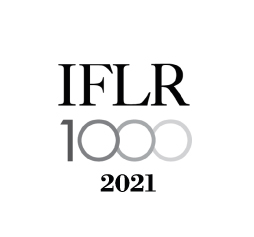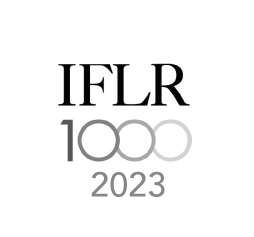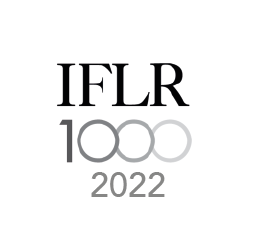Recently, the head of the Central Bank of Paraguay (BCP), Economist Juan Cantero Sienra, commented on the local financial market’s investment opportunities. He mentioned that the current financial system is composed of only 17 banks and 10 credit institutions, and that there is room for new actors in this sector.
This scenario proposes an opportunity to foreign financial entities that have enough experience to enter the market since, as mentioned by the head of the Central Bank, a strong track record in the market is required, as well as the minimum social capital.
Following the Central Bank of Paraguay guidelines, our Firm has compiled the points that we consider important for potential future foreign investors:
1) Banks must reach a minimum capital of Gs. 53,930 million, while this capital is reduced to Gs. 26,965 million for credit institutions .
2) The application for commencement must be addressed to the Bank Superintendence, with a promoter’s involvement, and including the social statutes and investment project. This last document covers key points such as activities to be developed, organizational chart, internal audit and control systems, list of shareholders, governing board and administration, and so on .
In Paraguay, there are entities with a track record of transactions with relevant importance for our market. Among them we can name Citibank N.A. Paraguay Branch (1958), Sudameris Bank S.A.E.C.A. (1958), Banco Bilbao Vizcaya Argentaria Paraguay S.A. (1963), and even Banco Itaú Paraguay S.A. (1978, under the name of Unibanco). These institutions have trusted our country and obtained important return on an annual basis.
With regards to return on equity (ROE), institutions in Paraguay record interesting ratios that average 23.4% for commercial banks . As a comparison, we point that the average ROE of financial institutions in more developed regional markets, like Brazil (14.66%) and Chile (17.87%), is below the mean of Paraguayan institutions .
Despite being an emerging economy, Paraguay has developed through the years a banking sector that is stable, highly professional, predictable, conservative, but open to innovation. This development is reflected in the system solidity index, with 38.6% liquidity, 23.4% profitability, 17.8% solvency, and 2.6% default rate .
The consolidated financial sector reports deposits of Gs. 63 trillion and a credit portfolio of Gs. 83,405 billion. These credits are focused mainly on consumer goods (23%), wholesale (14%), and animal husbandry (13%) when referring to local currency; while affecting agriculture (31%) and agribusiness (11%) when referring to foreign currency .
At Berkemeyer we observe a favorable climate for M&A operations in the financial sector, through the acquisition of shares in local financial institutions, and we also observe that the conditions are set for the entry of new foreign players.












